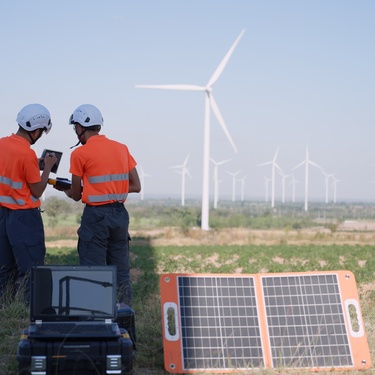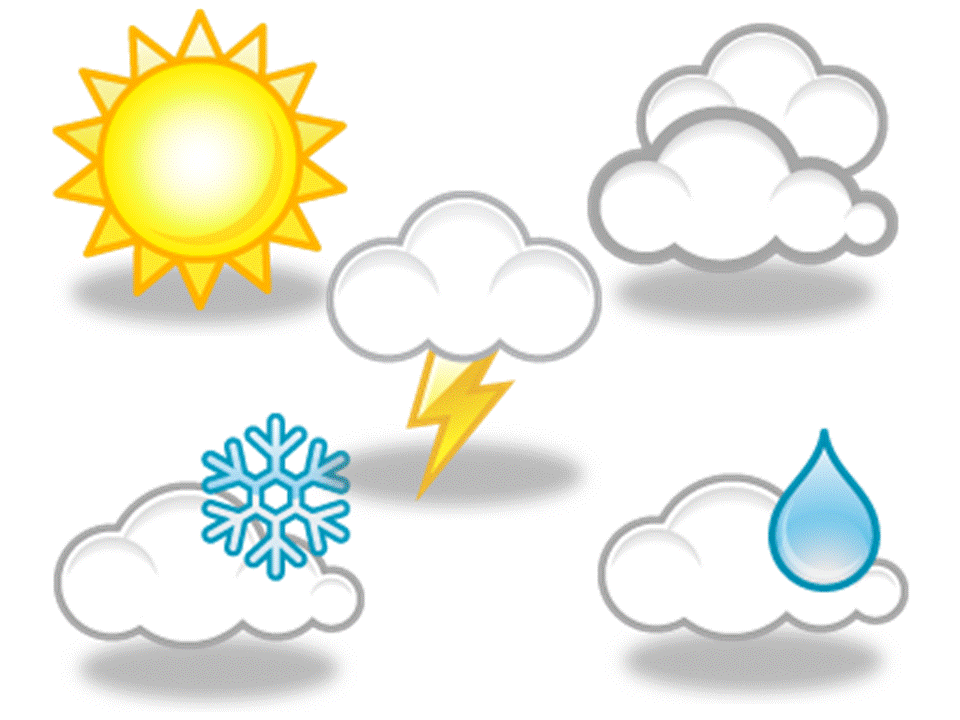
Renewable energy projects don’t begin with construction; they start with testing. For wind and solar developers, understanding regional and national requirements goes far beyond compliance. It shapes project feasibility, permitting, and long-term performance. These requirements vary significantly across jurisdictions, from initial soil analysis to post-installation grid compliance.
Below, we outline the essential testing requirements for wind and solar projects and explore the distinctions between key testing methods.
Pre-Construction Site Testing
Before any foundation is poured, developers must conduct a series of ground-level tests to evaluate a site's viability. Typically, these include geotechnical testing to assess soil composition and load-bearing capacity. Understanding the difference between in-situ testing and lab analysis is crucial at this stage, as each method provides different insights into subsurface conditions. Field tests like the Standard Penetration Test reveal soil density in place, while lab analysis can determine shear strength or consolidation characteristics.
Environmental impact assessments are also mandatory in most countries. In the United States, wind projects on public land must undergo a NEPA review. And in Germany, solar and wind installations often require full biodiversity assessments, including three-season wildlife studies.
Failing to complete any required assessments can delay permitting by up to a year.
Structural and Component Testing
Once a site is approved, the next focus shifts to the components themselves. Solar panels must pass IEC testing standards for solar systems, such as IEC 61215 for performance and IEC 61730 for safety. These lab-based protocols evaluate factors like thermal cycling, humidity freeze, and mechanical loading. Testing is often conducted 6 to 12 months before procurement.
Wind turbine blades, meanwhile, undergo fatigue and static load testing to assess durability under operational stress. Some testing programs also include lightning strike simulation and material delamination checks to account for region-specific risks. Generally, these evaluations occur during the final 6 to 12 months before commissioning.
Ongoing and Post-Installation Testing
Even after construction is complete, performance must be verified and monitored. For solar installations, insulation resistance tests and IV curve tracing are usually conducted annually. These confirm system efficiency and help identify early signs of panel degradation or cable faults.
Wind farms must comply with noise regulations, often under local guidelines like the UK’s ETSU-R-97. Wind turbine noise monitoring is typically required every other year to confirm acoustic emissions remain within acceptable limits.
Some countries, such as Australia, also require thermal imaging inspections during this phase to detect electrical faults invisible to the naked eye. Post-installation grid synchronization and safety testing are also non-negotiable, with protocols varying depending on utility interconnection standards.
Don’t Underestimate Local Variances
The most experienced developers can be caught off guard by evolving testing requirements for wind and solar projects. While international standards offer some consistency, regional laws often layer additional steps or shortened deadlines. Permitting bodies may revise testing thresholds with little notice, particularly in high-growth energy markets.
One often-overlooked tip: always verify requirements not just at the national level but also within regional authorities. In Canada, for example, testing documentation required in Alberta may differ from that in Ontario. Staying ahead of these variances saves time, reduces rework, and avoids preventable delays during inspection and commissioning.
Bio: Casey is a passionate copyeditor highly motivated to provide compelling SEO content in the digital marketing space. Her expertise includes a vast range of industries from highly technical, consumer, and lifestyle-based, with an emphasis on attention to detail and readability.




















